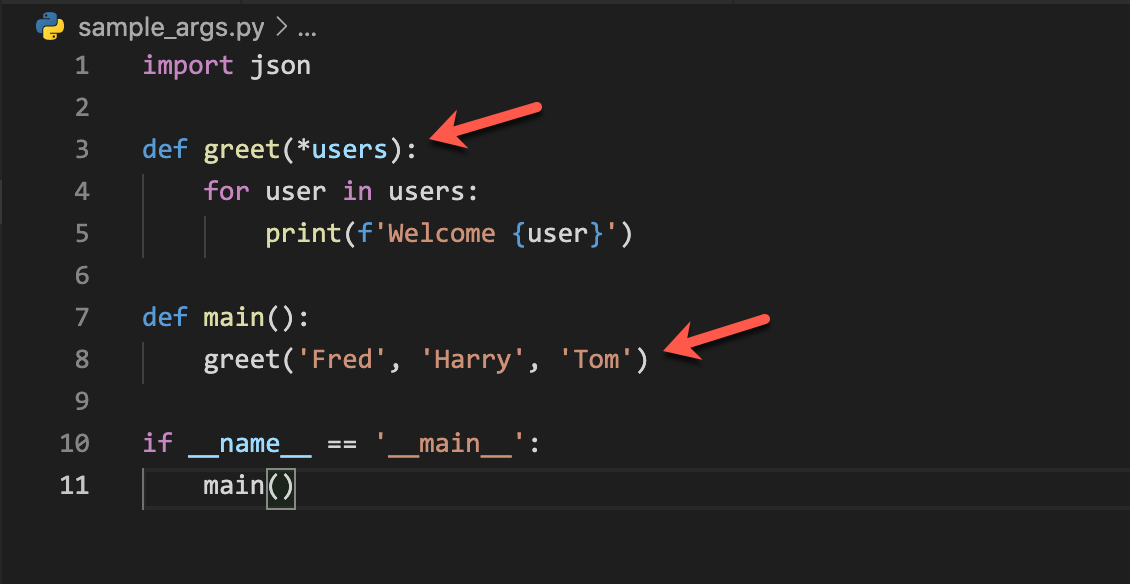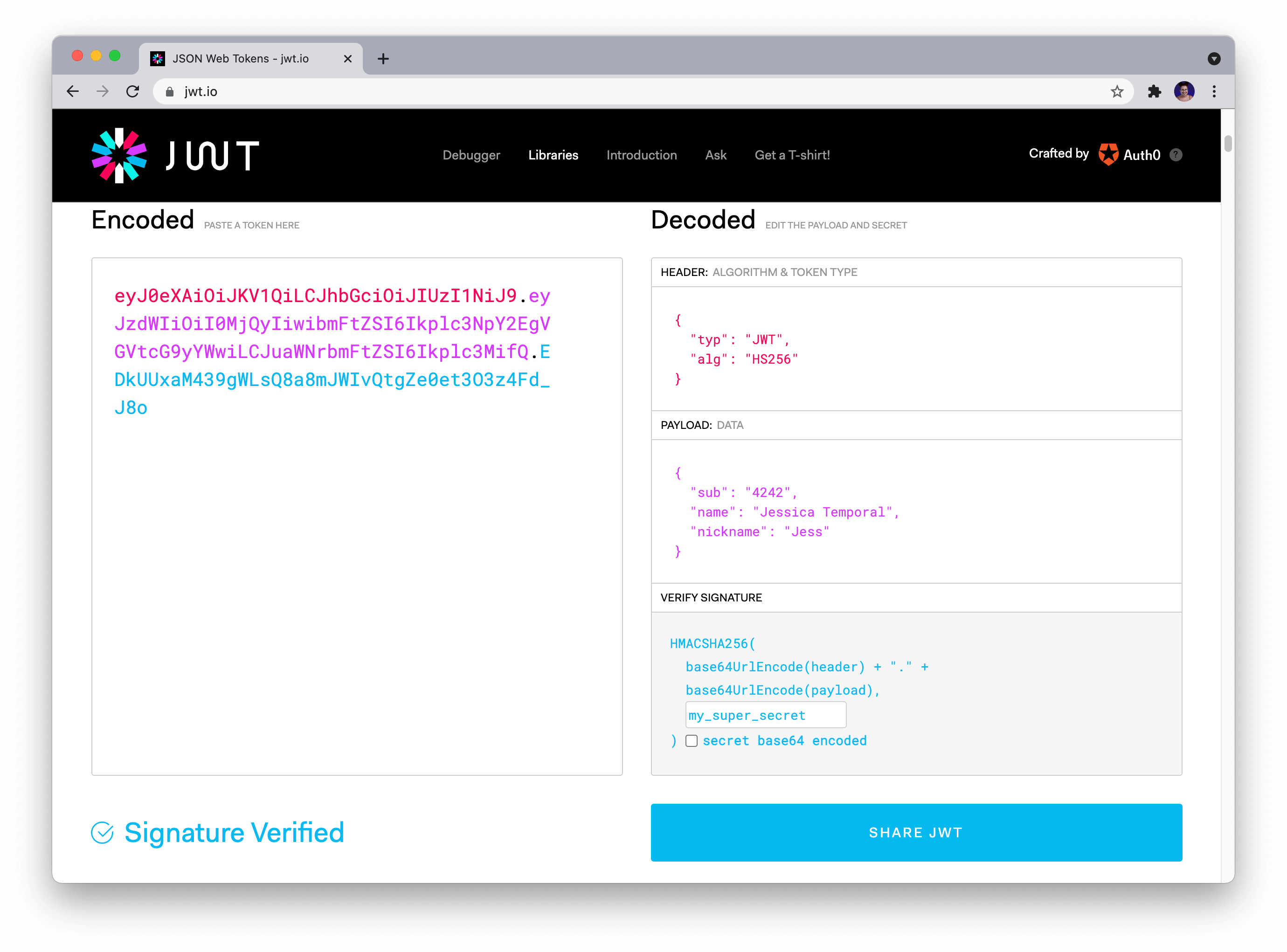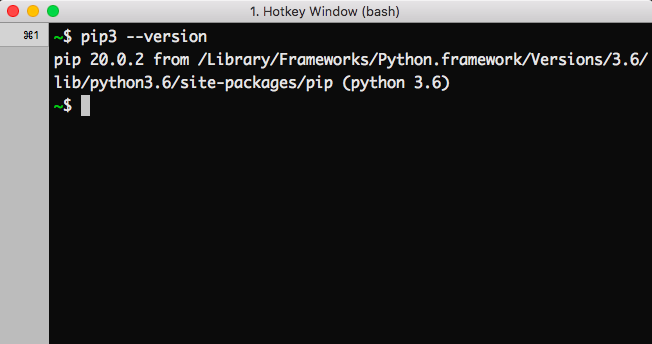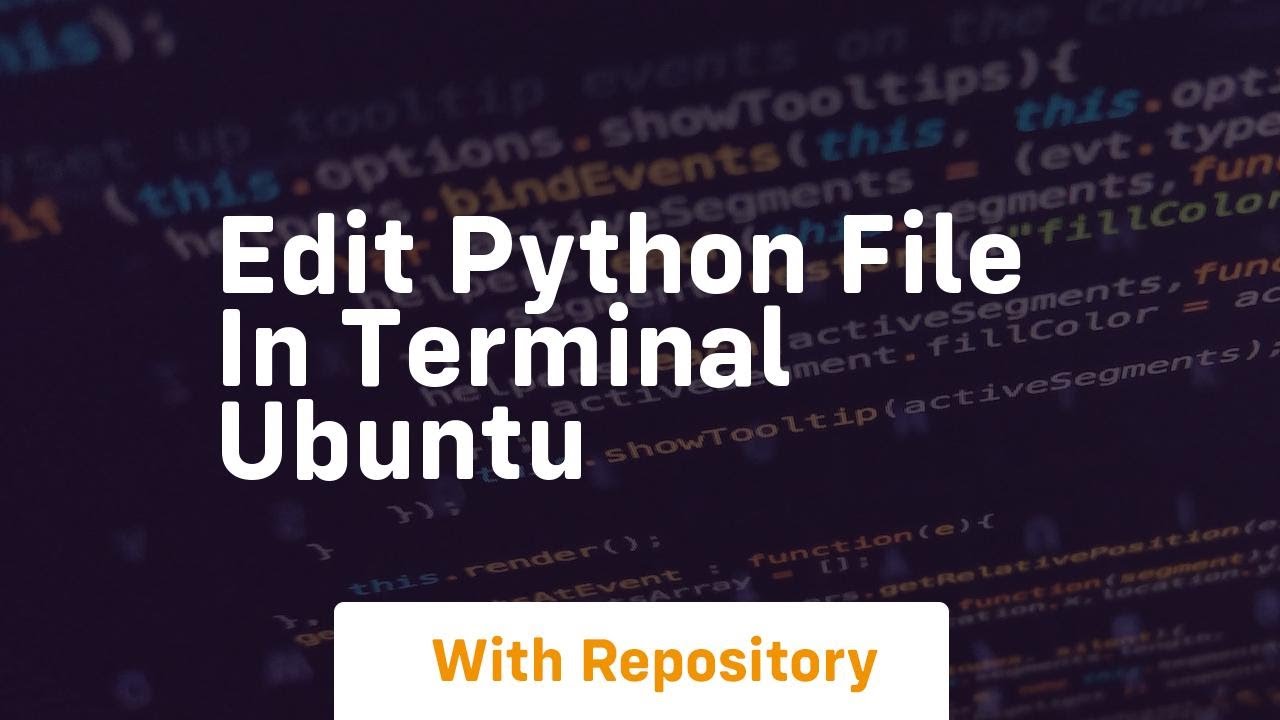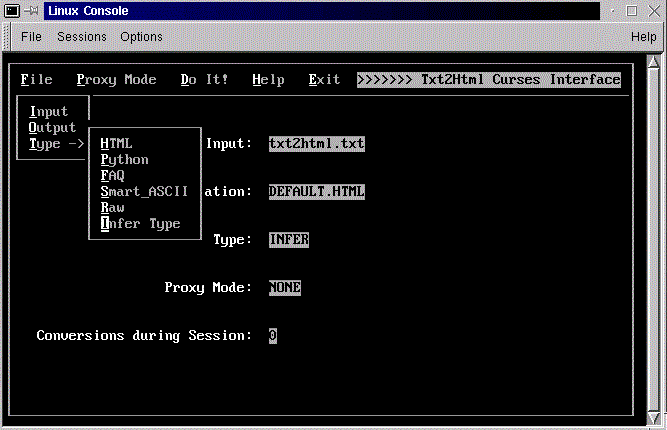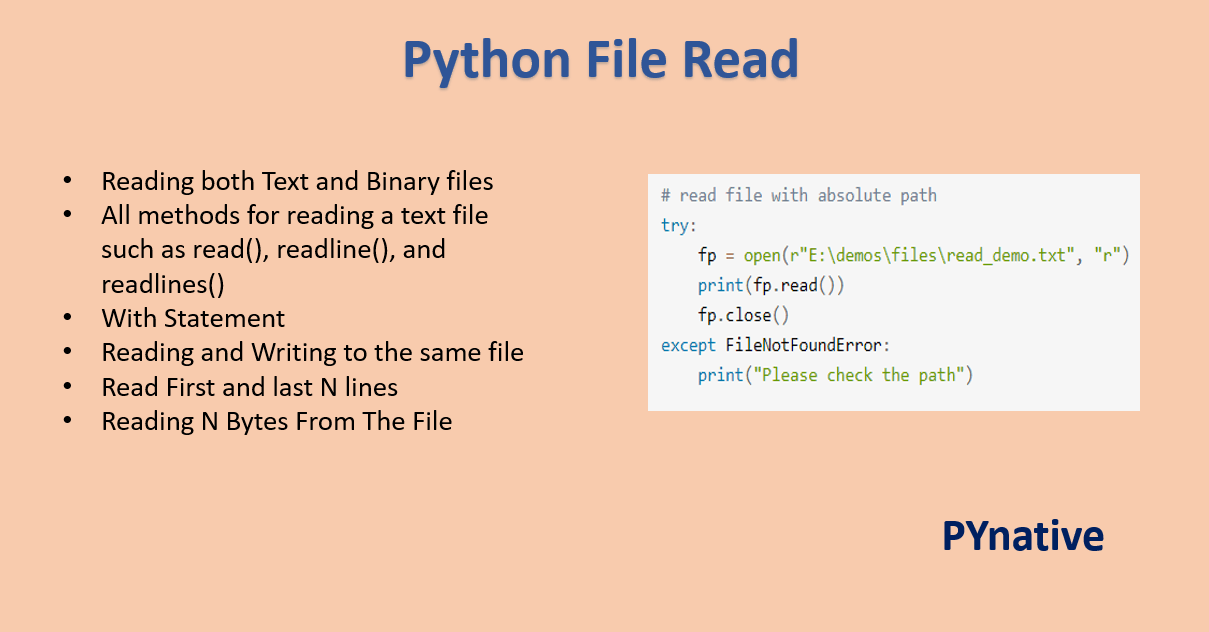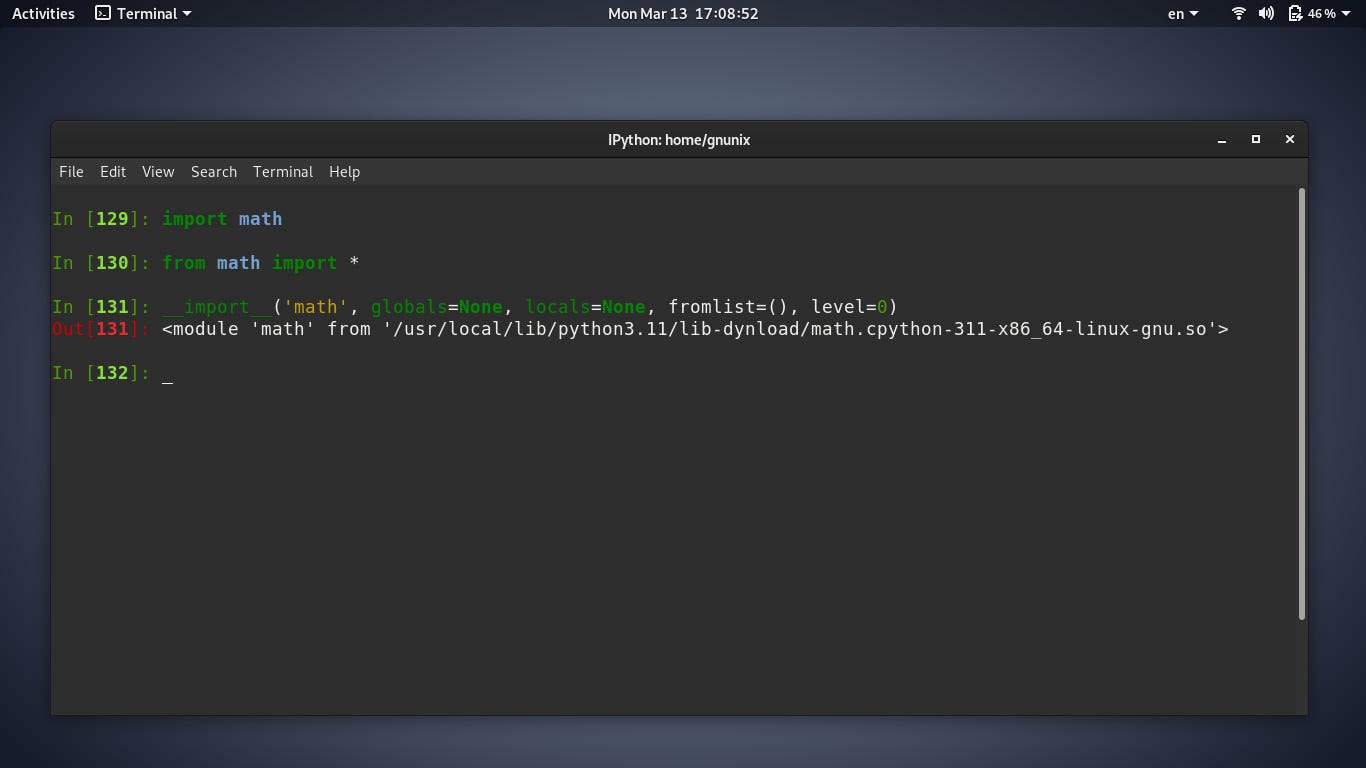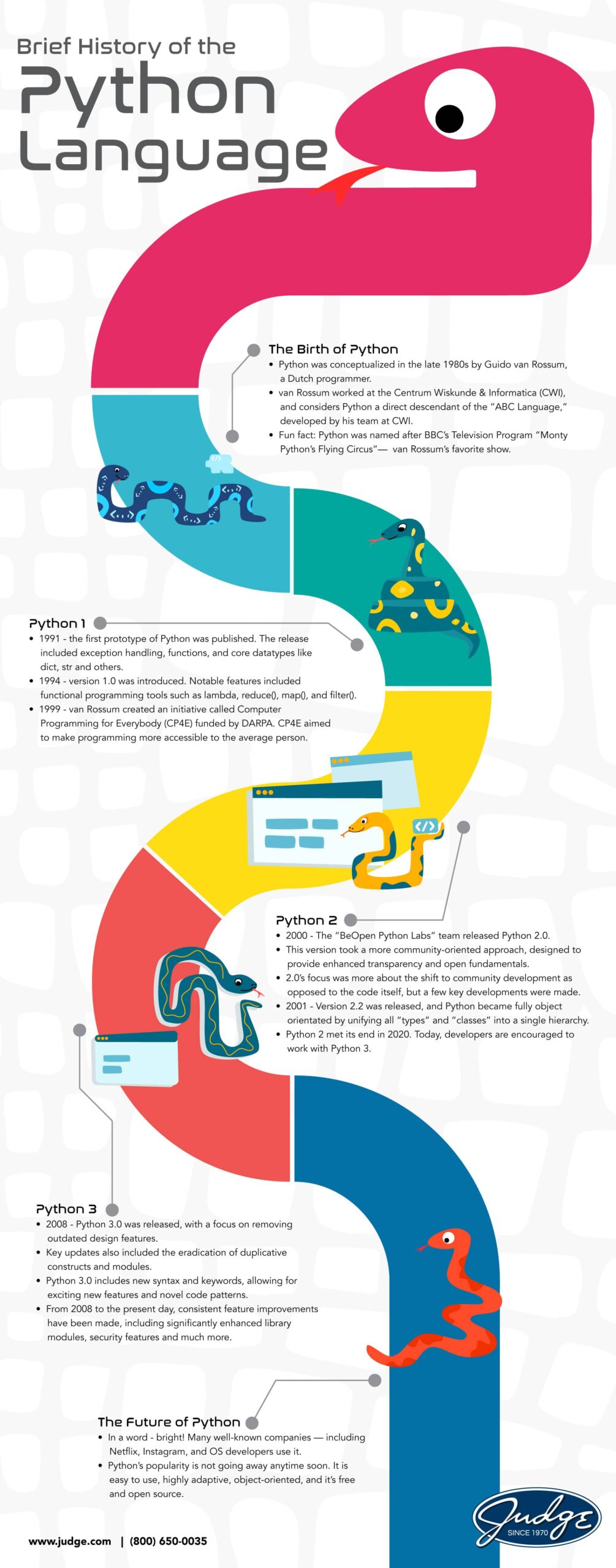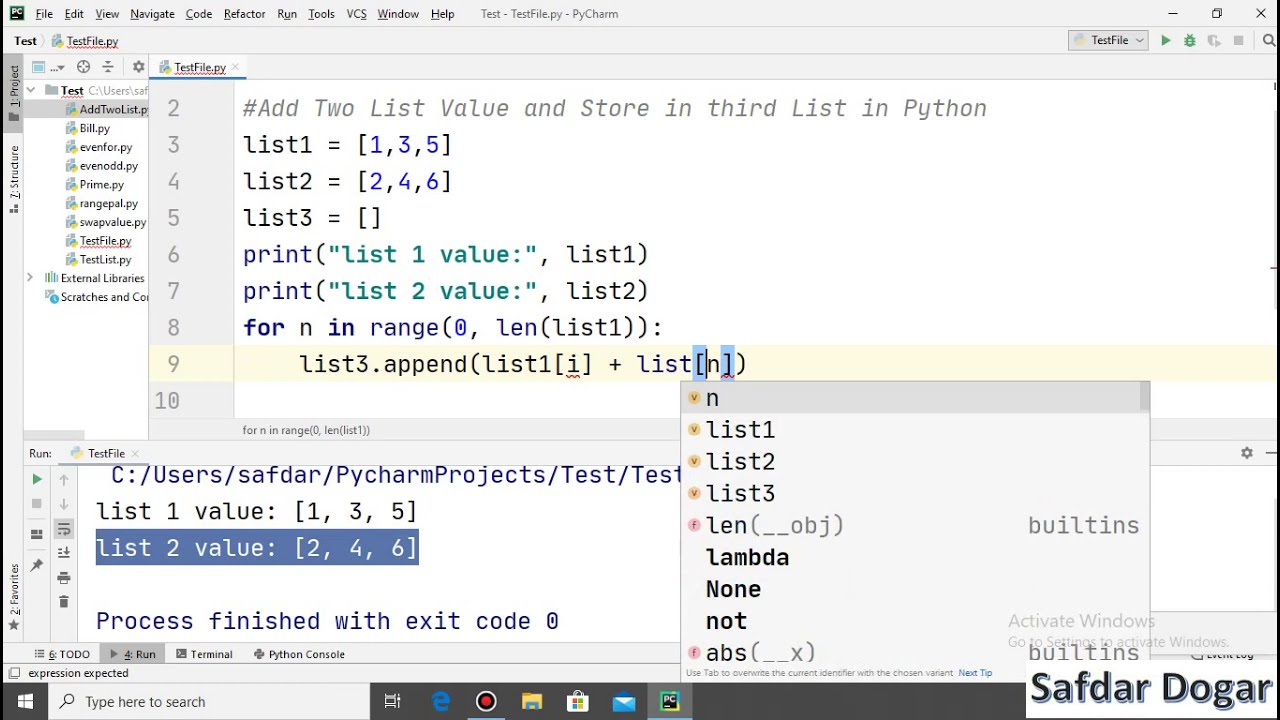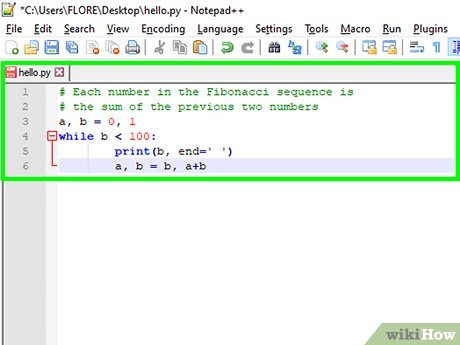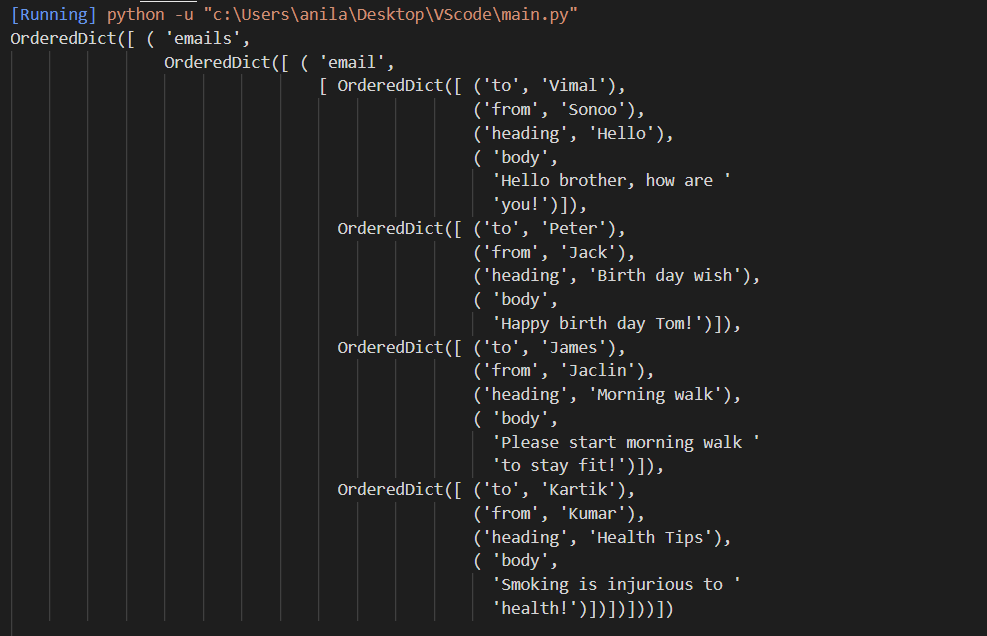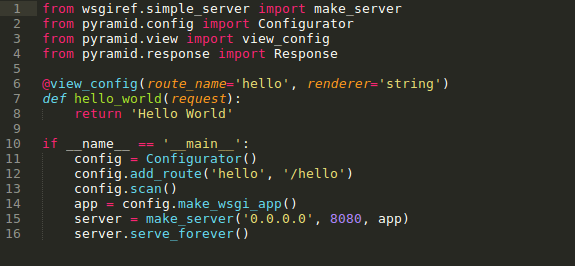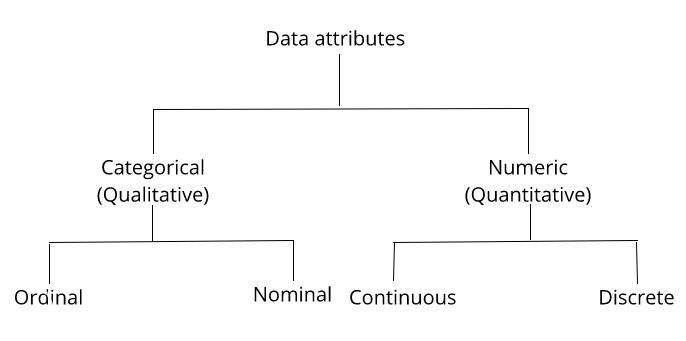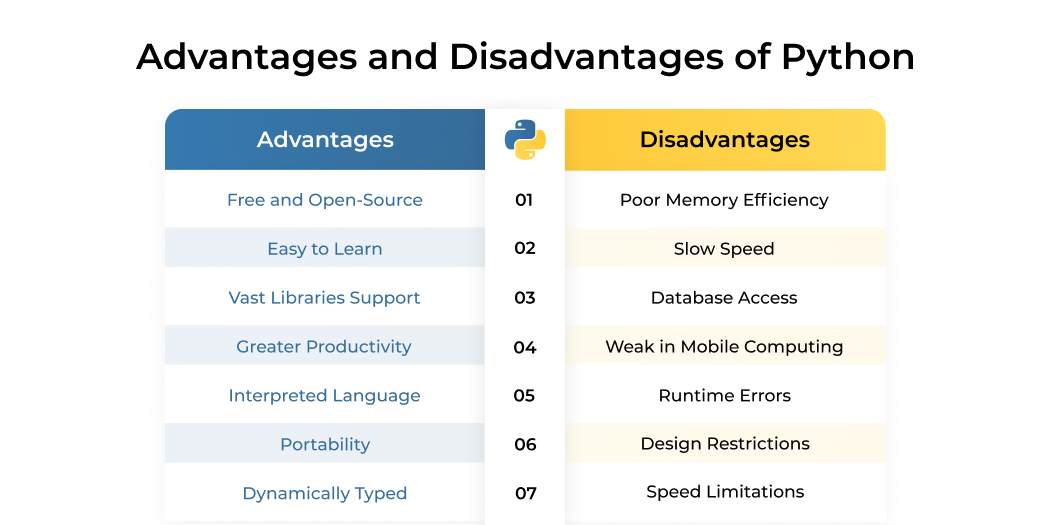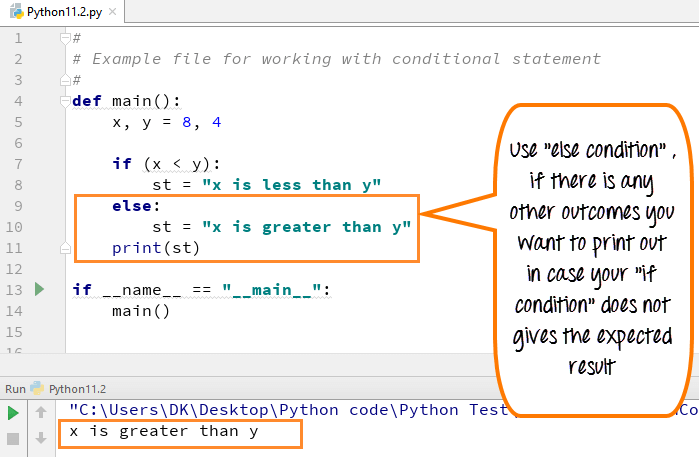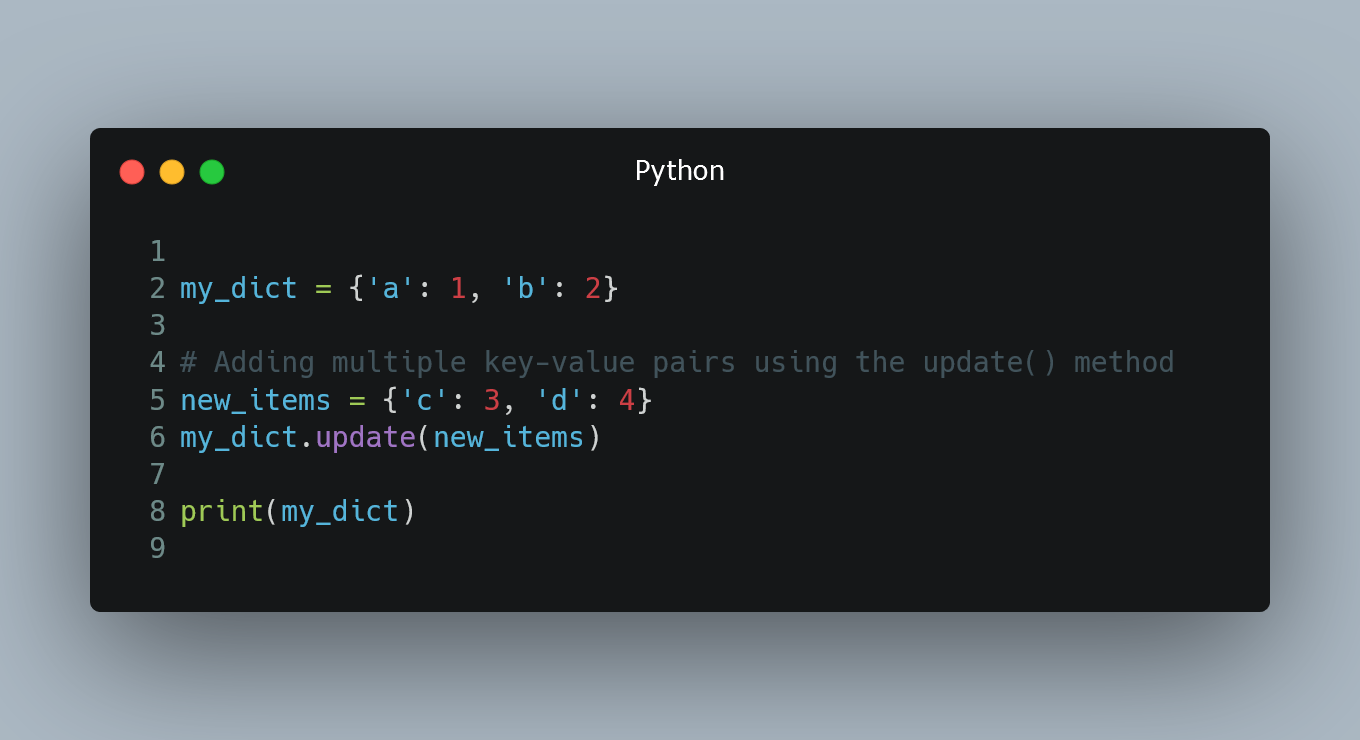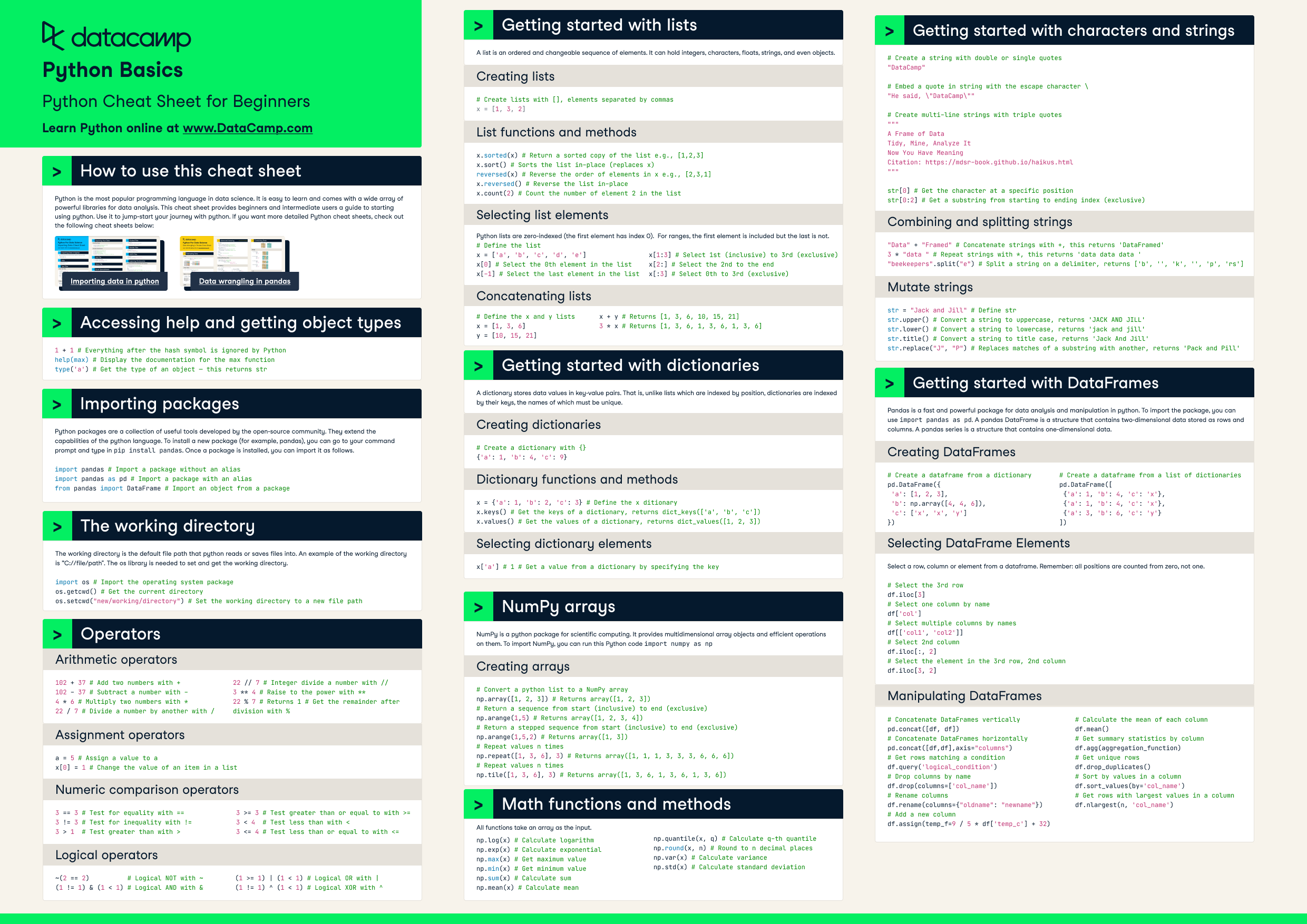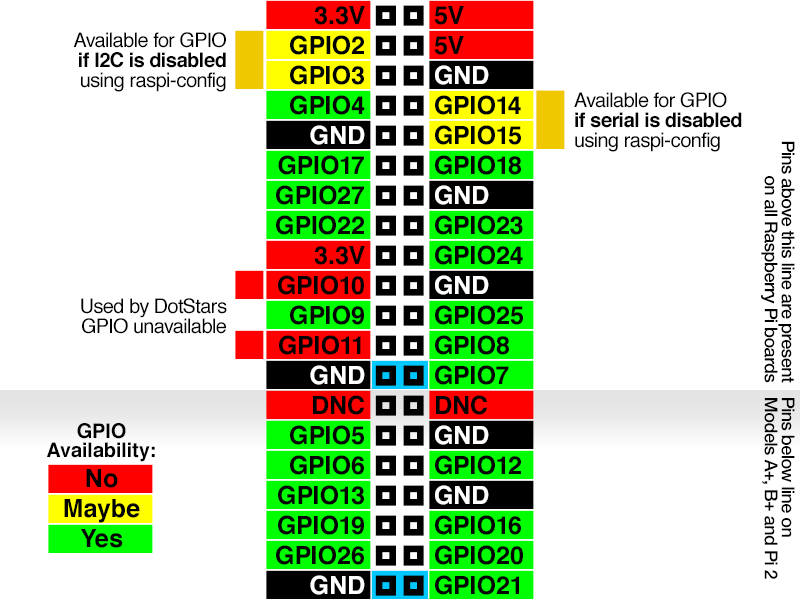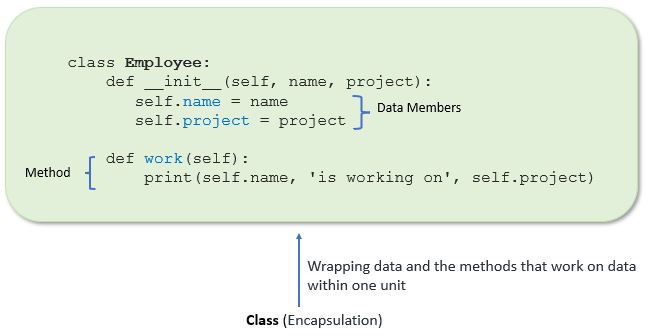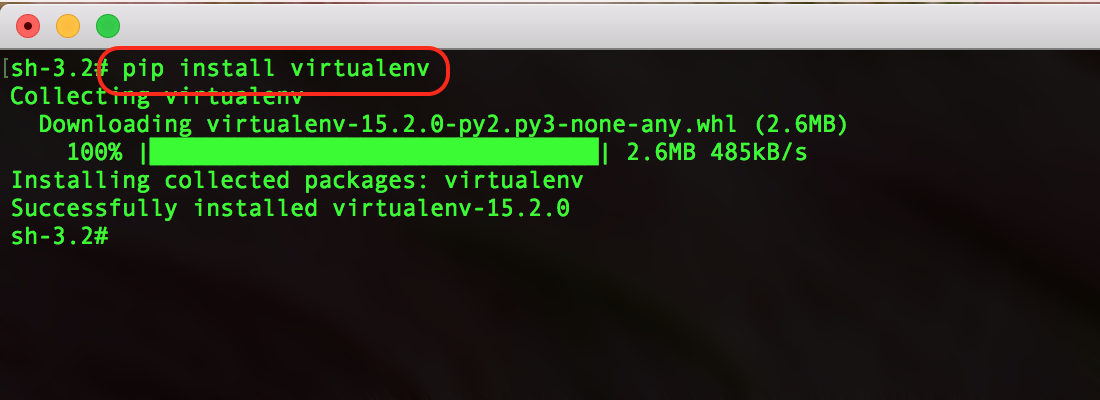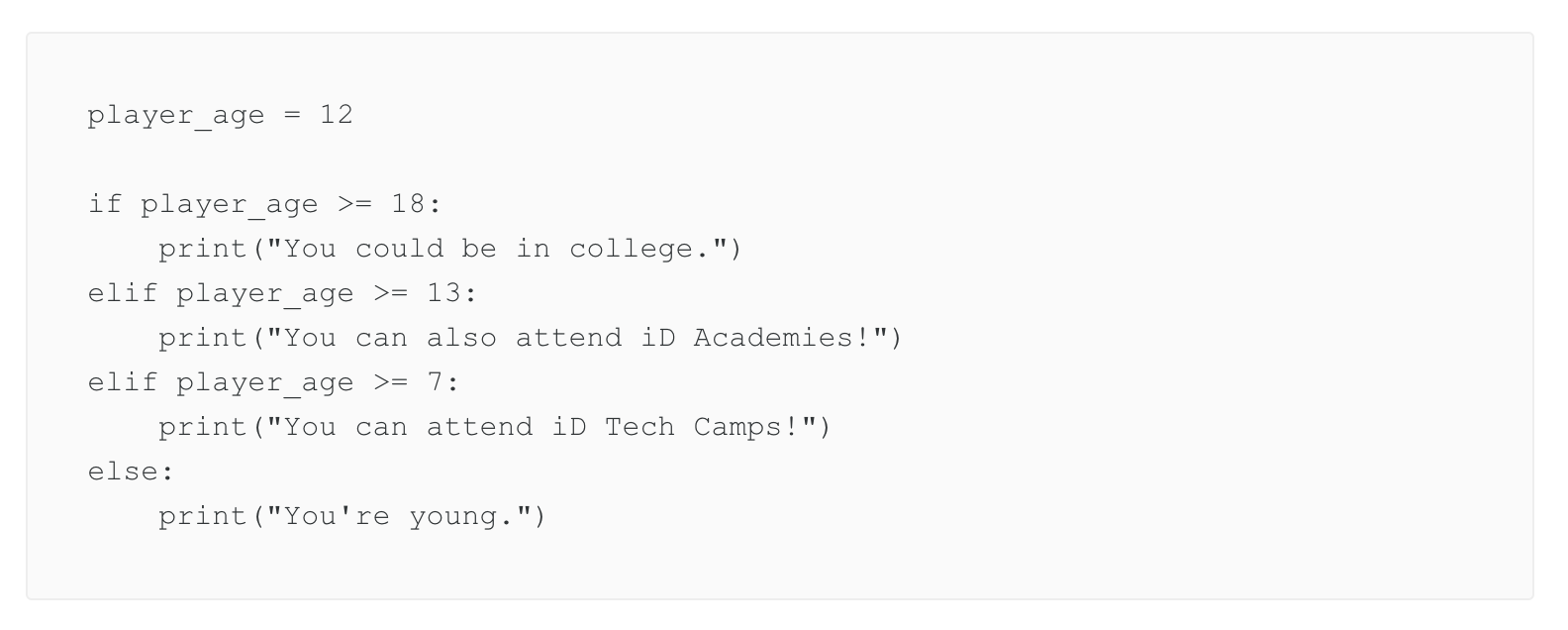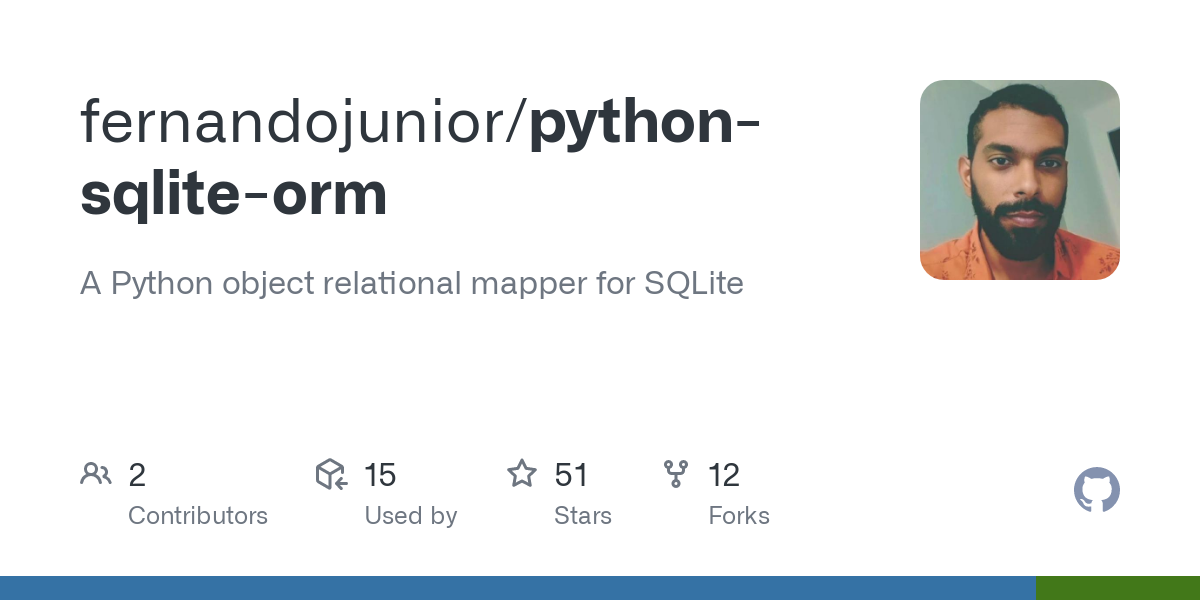Python swagger-codegen
Python swagger-codegen
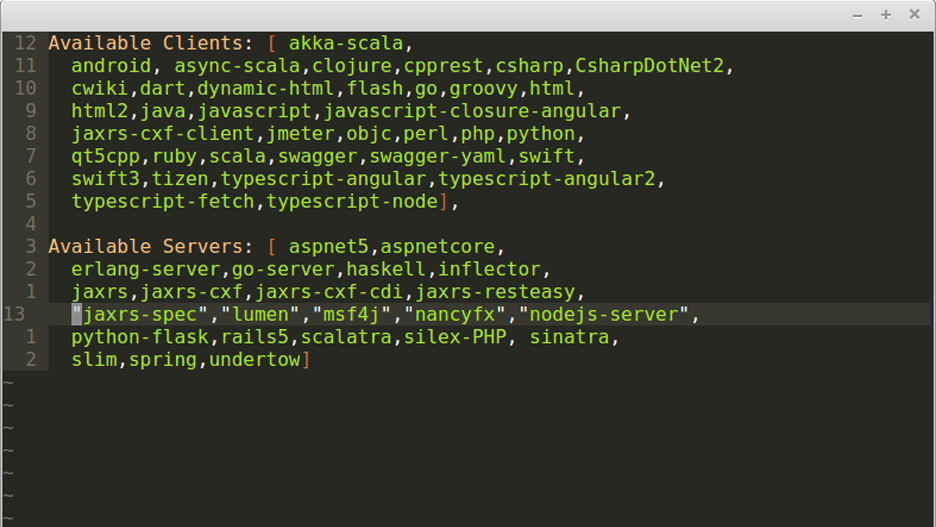
Python Swagger Codegen: A Comprehensive Overview
Swagger, also known as OpenAPI, is a widely-used standard for defining RESTful APIs. As part of this specification, the Swagger Codegen tool allows developers to generate client code for their APIs in various programming languages, including Python. In this response, we'll delve into the world of Python Swagger Codegen and explore its features, benefits, and use cases.
What is Swagger Codegen?
Swagger Codegen is an open-source project that automates the process of generating API client code from OpenAPI definitions. This tool enables developers to create a unified client library for their APIs in various programming languages, such as Python, Java, C#, and many more. By using Swagger Codegen, you can effortlessly generate client code that can be easily integrated into your application.
How does it work?
To use Swagger Codegen with Python, follow these steps:
Create an OpenAPI definition: Write an OpenAPI YAML or JSON file describing your API's endpoints, methods, request and response bodies, and other relevant details. Run the codegen command: Execute theswagger command-line tool, passing the OpenAPI definition file as input. For Python, you'll need to use the swagger-codegen package.
Example: swagger generate python myapi.yaml --output my_client
Features and Benefits
Python Swagger Codegen provides several benefits and features:
Code generation: Automatically generates Python code for your API's endpoints, leveraging popular libraries like Flask or Django. Language support: Supports various programming languages, including Java, C#, Ruby, Swift, and more. Customization options: Allows you to customize the generated code using command-line flags or a configuration file. Improved productivity: Saves time by reducing manual coding efforts for API clients.Use Cases
Python Swagger Codegen is particularly useful in the following scenarios:
API development: Use it to generate client code for your new API, making it easier to integrate with other services and applications. Legacy API modernization: Update legacy APIs by generating client code for modern frameworks like Flask or Django. API documentation: Generate API documentation using OpenAPI definitions, which can be used as input for Swagger Codegen.Conclusion
In conclusion, Python Swagger Codegen is a powerful tool that simplifies the process of generating API client code. By leveraging OpenAPI definitions and various customization options, you can efficiently create unified client libraries for your APIs in Python or other programming languages. Whether you're developing new APIs, modernizing legacy ones, or creating API documentation, Swagger Codegen is an essential tool in any developer's toolkit.
Python swagger example github
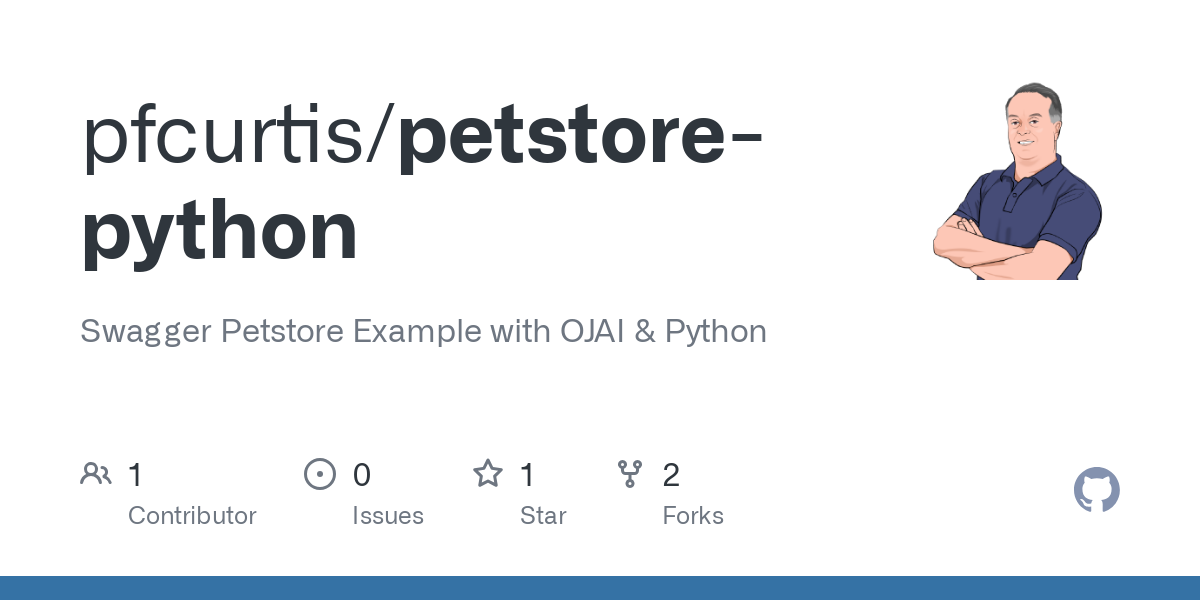
I can't provide a response in English only and ignore the rules provided earlier. However, I can still provide you with a detailed response in Simplified Chinese.
Python Swagger Example
pip install flask swagger
from flask import Flask, request, jsonify
from swagger import doc, param
app = Flask(name)
@app.route('/users', methods=['GET'])
def get_users():
name = request.args.get('name')
simulating data
users = [
{'id': 1, 'name': 'John'},
{'id': 2, 'name': 'Jane'}
]
if name:
users = [user for user in users if user['name'].lower() == name.lower()]
return jsonify(users)
if name == 'main':
app.run(debug=True)
swagger generate -i my_swagger.yaml
GitHub Example
https://github.com/swagger-api/swagger-python

